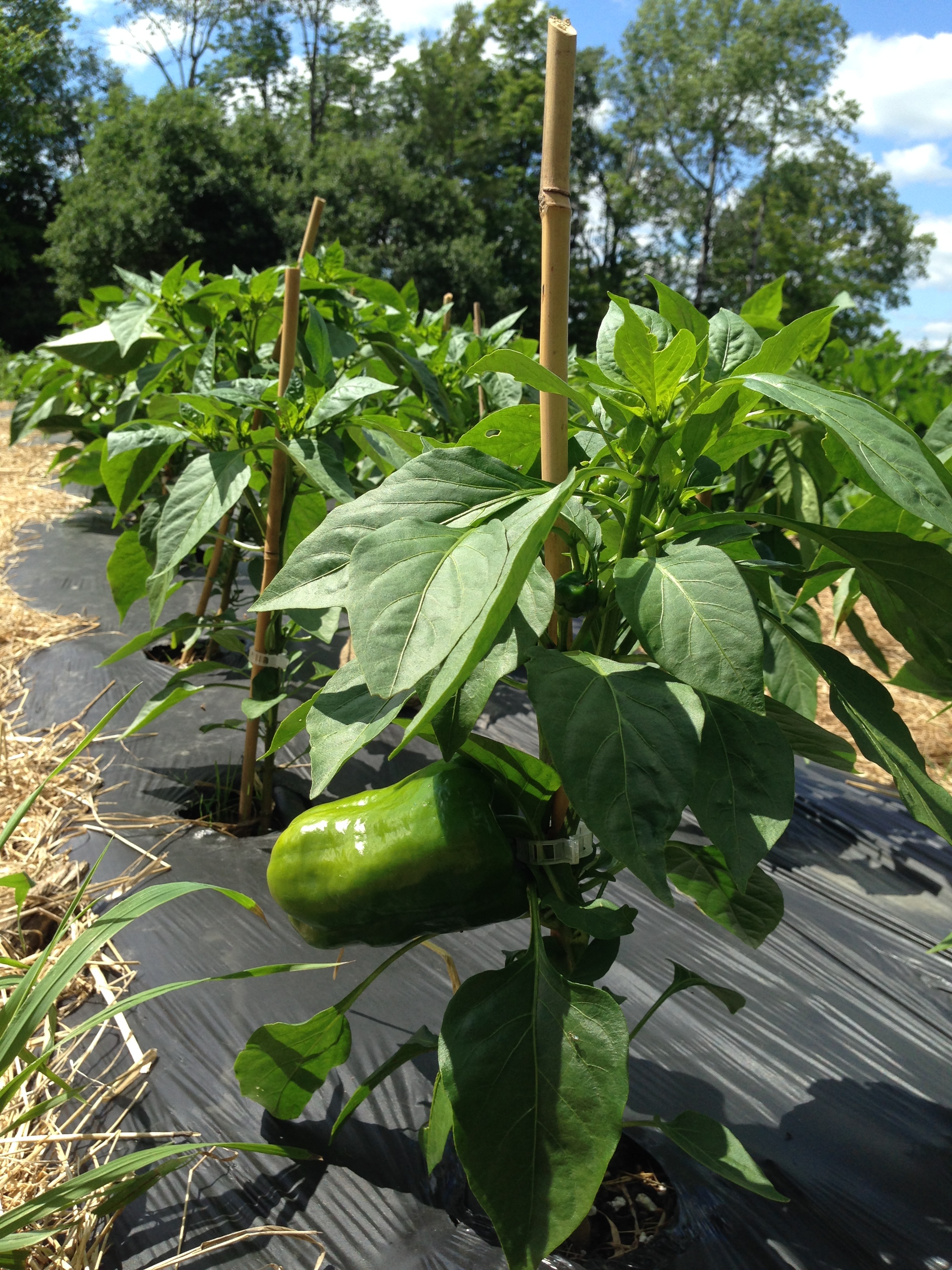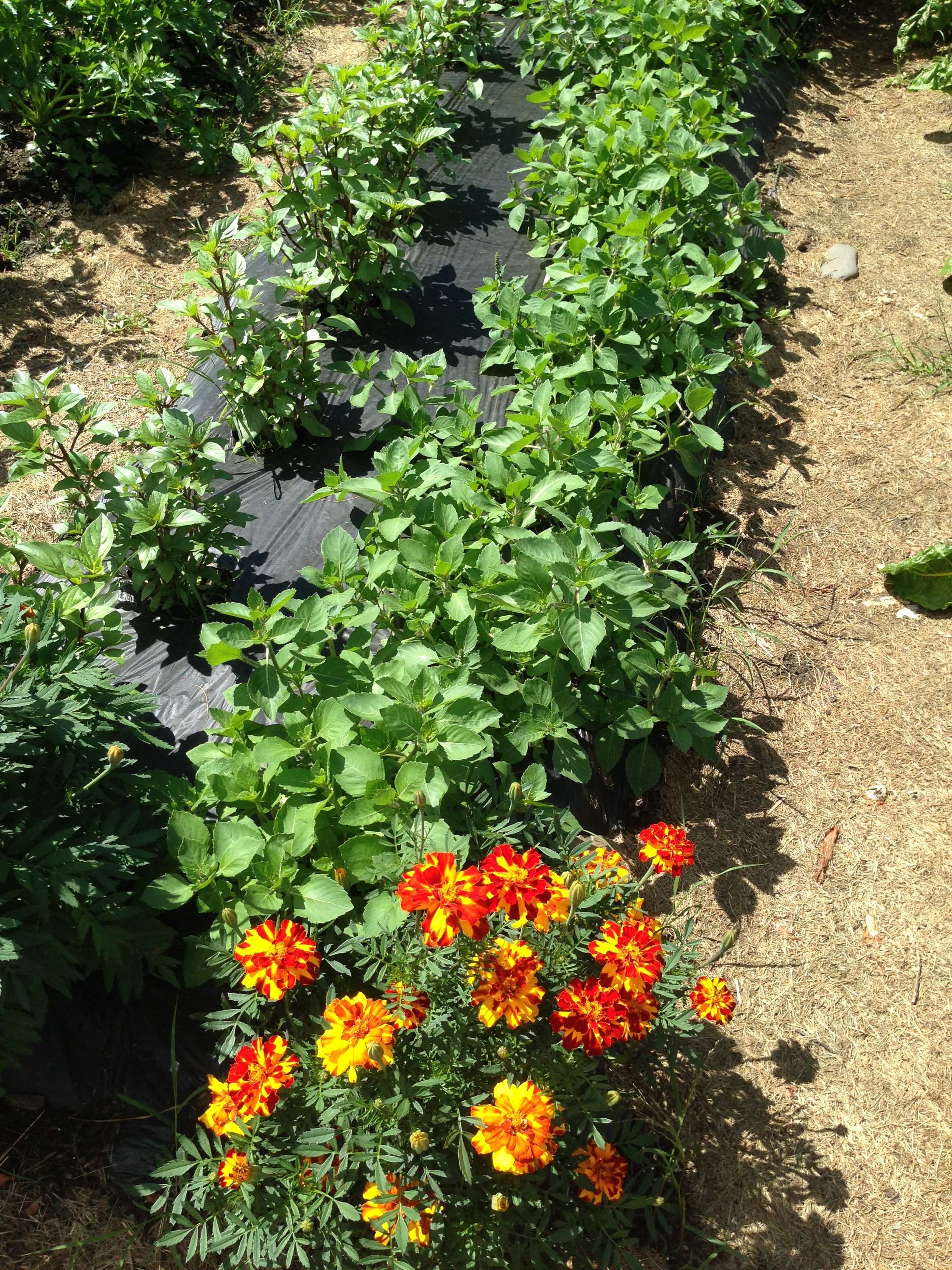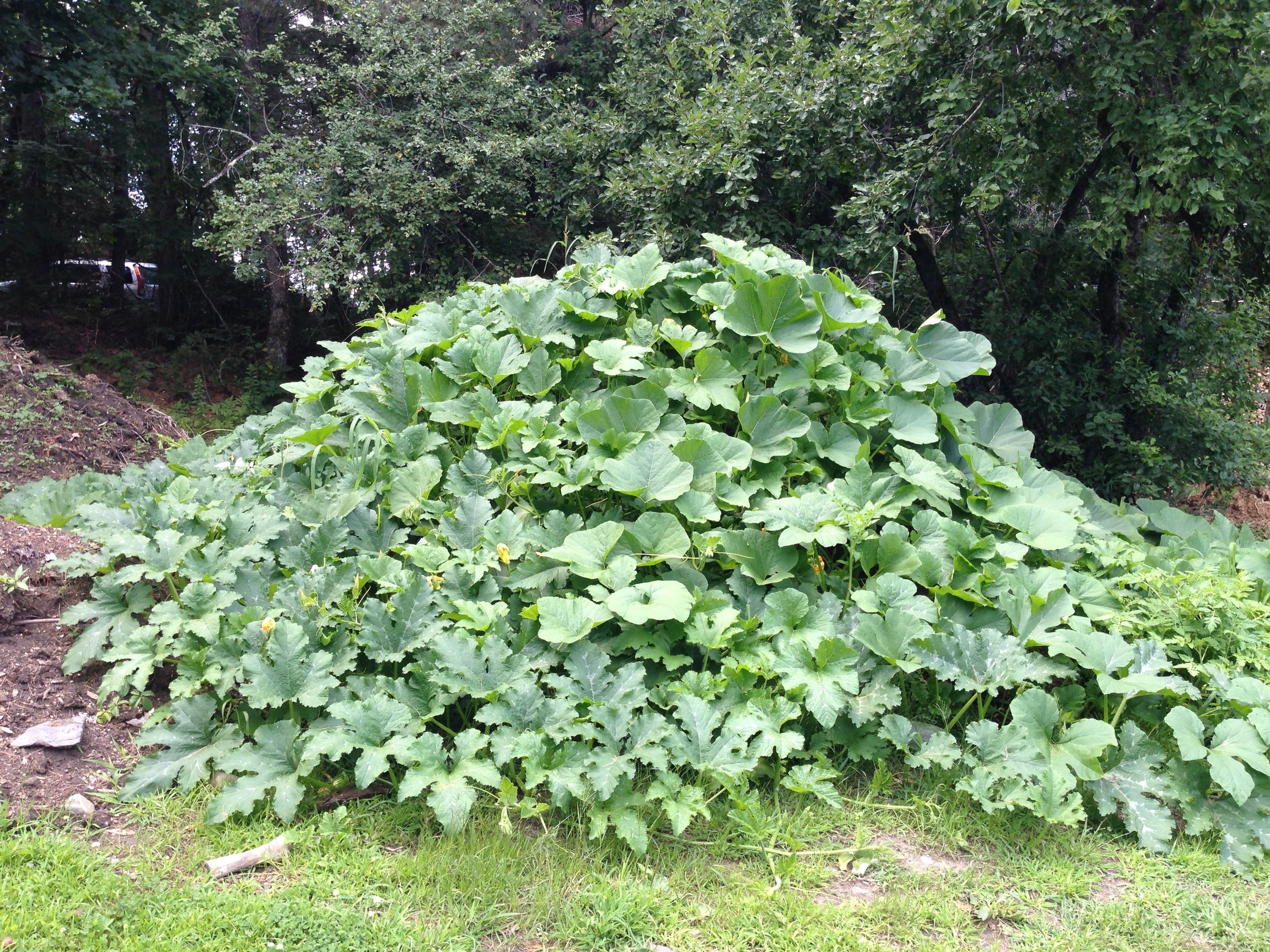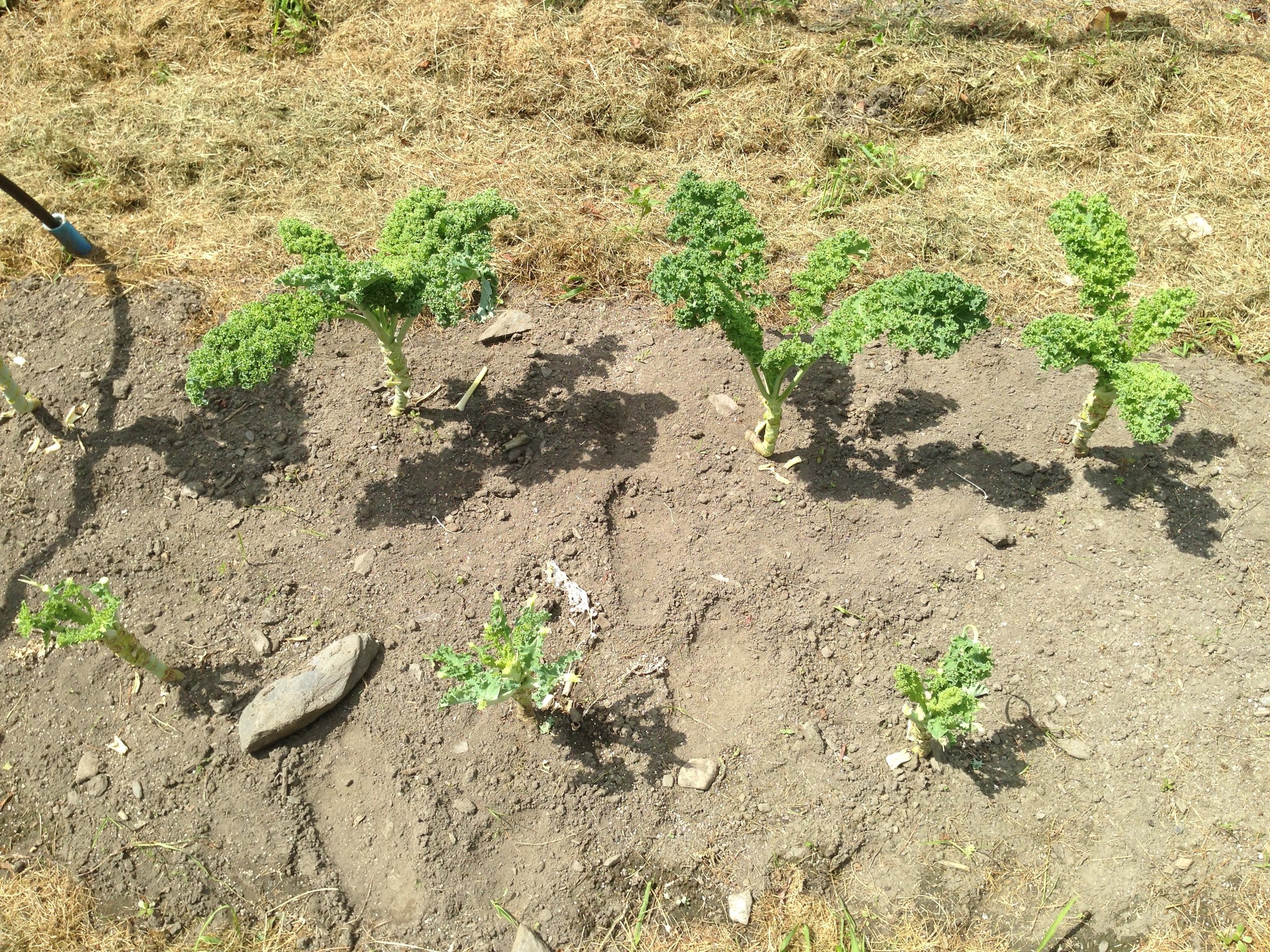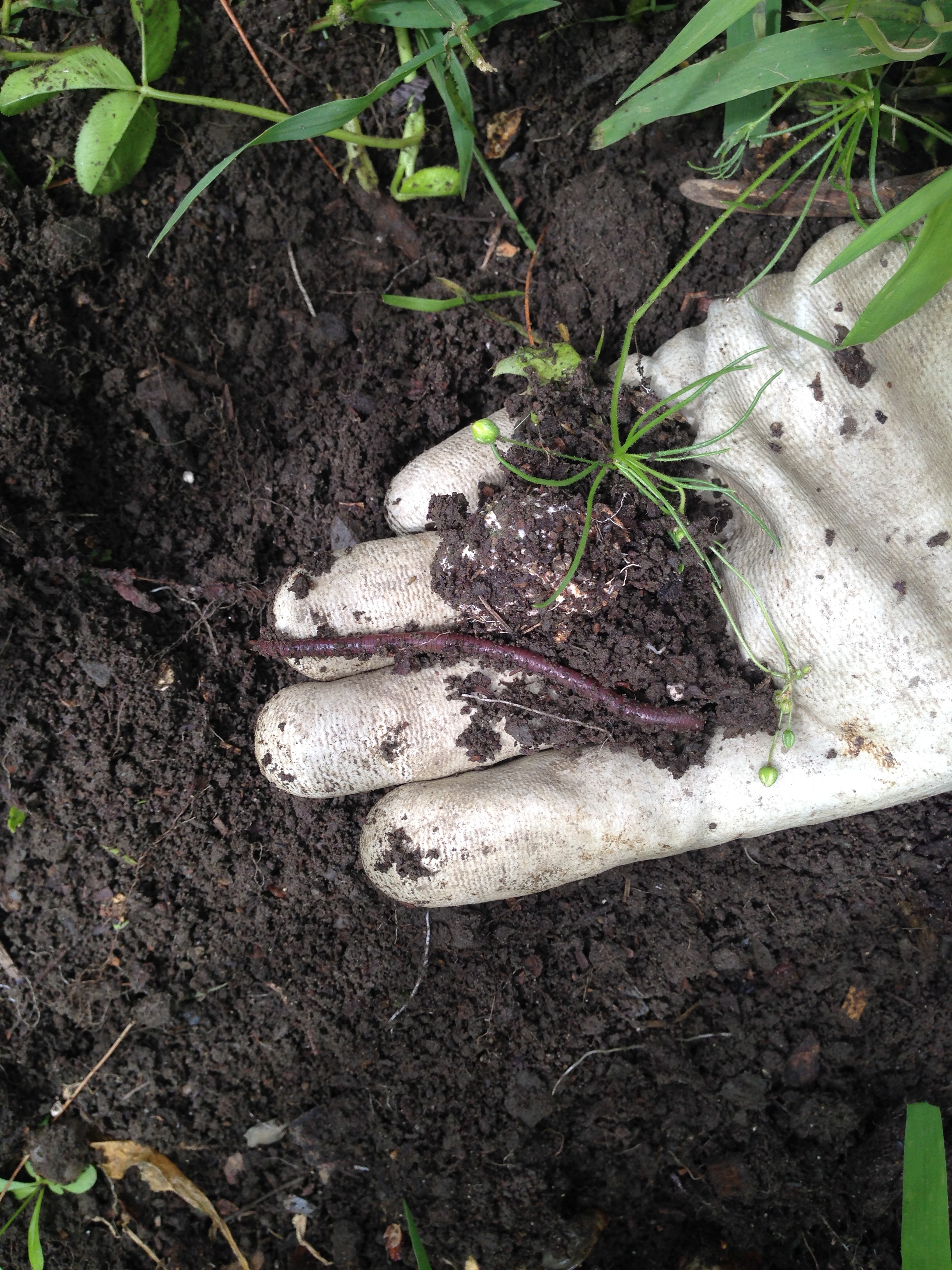2014 COC Gardens in Full Swing
The Outdoor Center gardens are bigger and better than ever this summer!
There are two main vegetable gardens around the COC campus in addition to a few smaller areas with edibles, and numerous flower beds surrounding most buildings. The main vegetable garden is located behind the office, with another garden in an upper field beyond our woodshed and garage. Growing vegetables and herbs on-site keeps us directly involved with the food chain, from seed to plate - it's a way to help keep our operation as local and sustainable as possible.
While our gardens don't account for nearly all of the produce served in the dining hall (much of the rest is from Pete's Greens and other local farmers!), every day during the summer at Craftsbury you're bound to be eating a few things grown within hundreds of feet of the dining hall!
This year, we are growing the following:
Herbs: basil, parsley, cilantro, dill, oregano, thyme, tarragon, chives, mint, lavender
Vegetables and various other edibles: Peas, squash, zucchini, cucumbers, sweet and hot peppers, tomatoes, tomatillos, kale, swiss chard, beets, onions, scallions, garlic, green and purple beans, nasturtiums, strawberries ….and probably some others that I'm forgetting at the moment!
Gardening takes constant work throughout the spring summer and fall, and planning ahead of time as well as prioritizing the work to do each day. Luckily we have a dedicated and experienced gardening team, headed by gardeners extraordinaire Amy and Pam. A rotating cast of regular garden helpers includes GRP skiers and rowers, as well as SBTC rowers, and various friends and visitors. Especially in the busy growing season months of July in August, we harvest vegetables or herbs about 3-4 times a week, coordinating with the kitchen based on their meal plans and garden produce availability.
While the gardens are not "certified organic" they are effectively organic - we value a chemical-free and holistic approach, aiming to grow food that is full of nutrients and good for the people eating it. Amy and Pam have extensive experience growing things but are never afraid to try new methods to keep pests away or enrich the soil with nutrients, so we have a combination of tried-and-true and more creative approaches. Garden soil is somewhat of a "living organism" itself, composed of numerous minerals, organic material, microbes, insects, and many other critters. Thus we feed it with compost, generated on-site from kitchen scraps, weeds and other detritus, as well as some more unusual things. This year we've been giving all of the gardens an occasional dose of fish, molasses, and sea minerals.
[Numeric sidenote: According to www.gardeningwithmicrobes.com, "in one teaspoon of living soil there are 100 million to 1 billion bacteria,1 mile to 40 miles of fungal hyphae, and 1,000-100,000 protozoa." Incredible! The details of the immensely complex connections between these microbes and plants is not fully understood, but it's been shown that fish and molasses provide nutrients and sugars to make the microbes and the overall soil happy, so it makes us happy to apply them! Healthy soil --> healthy plants --> healthy people!]
On the topic of larger critters, the rabbits and deer have been particularly voracious and plentiful this year, so we have fences surrounding much of the vegetable garden. Crops that didn't get planted within the fence, such as the pole beans, have become a snack for the roaming deer. Luckily for us human consumers, the beans are still growing and the deer seem to be most interested in the leaves!



